Get Healthy in 2016: Dr. Brenda Davy on how to eat better and lose weight

This is the first of the five-part series, 'Getting Healthy in 2016,' in which SI.com's in-house sports scientist Michael J. Joyner will be talking with team doctors, trainers and experts from the world of sports to help our readers learn how they can improve their lives by eating, working and living better.
Maintaining a healthy diet and losing weight is the most common New Year’s resolution. However, actually losing weight and keeping it off is the real challenge and a lot of people who start off strong on Jan. 1, start to fade back into old habits by February. To understand more about how to lose weight, keep it off and just plain eat better, I contacted my colleague Dr. Brenda Davy at Virginia Tech.
Brenda is an award-winning professor in the Department of Human Nutrition, Foods and Exercise at Virginia Tech. She is also a registered dietitian (RD). Her research focuses on weight management, and how to help people improve their health behaviors. As a big sports fan and an dedicated athlete, Davy's personal interests range from running, soccer and dance to tennis.
Here's a few of the tips she had for readers looking to get healthier in 2016...
***
Michael J. Joyner:It is the time of year when a lot of people are trying to follow through on their New Year's resolutions. Can you share a few key fundamental principles that underlie all successful weight-loss plans?
Tech Talk: How Kitman Labs helps the Detroit Pistons harness sports data
—which simply means tracking your progress. This can be done by keeping a diary or log of your weight, activity, and dietary intake each day—and there are many great apps out there that can be used for this. But a simple low-tech paper log can work fine as well.
A final key to success is physical activity. It may or may not help with short-term weight loss, but is a crucial for long-term success. I am a fan of activity monitors—and many of these devices have apps that can be used to track dietary intake and body weight, in addition to activity levels.
Related Post: The Best Weight Loss Apps
MJ:Research has shown over and over again that “all diets work” but the key to both short- and long-term success is sticking with a plan. What tips do you have that can help people stick with it?
BD: Numerous “head-to-head” comparisons of popular diets have been done. The bottom line is that many different approaches—even some that are pretty “out there”—can lead to weight loss over a short period of time. But, if it is a diet plan that is very restrictive, it may not work as a long-term eating pattern. Choosing a diet plan that looks like it can realistically [work]—for years—is key for long-term diet adherence.
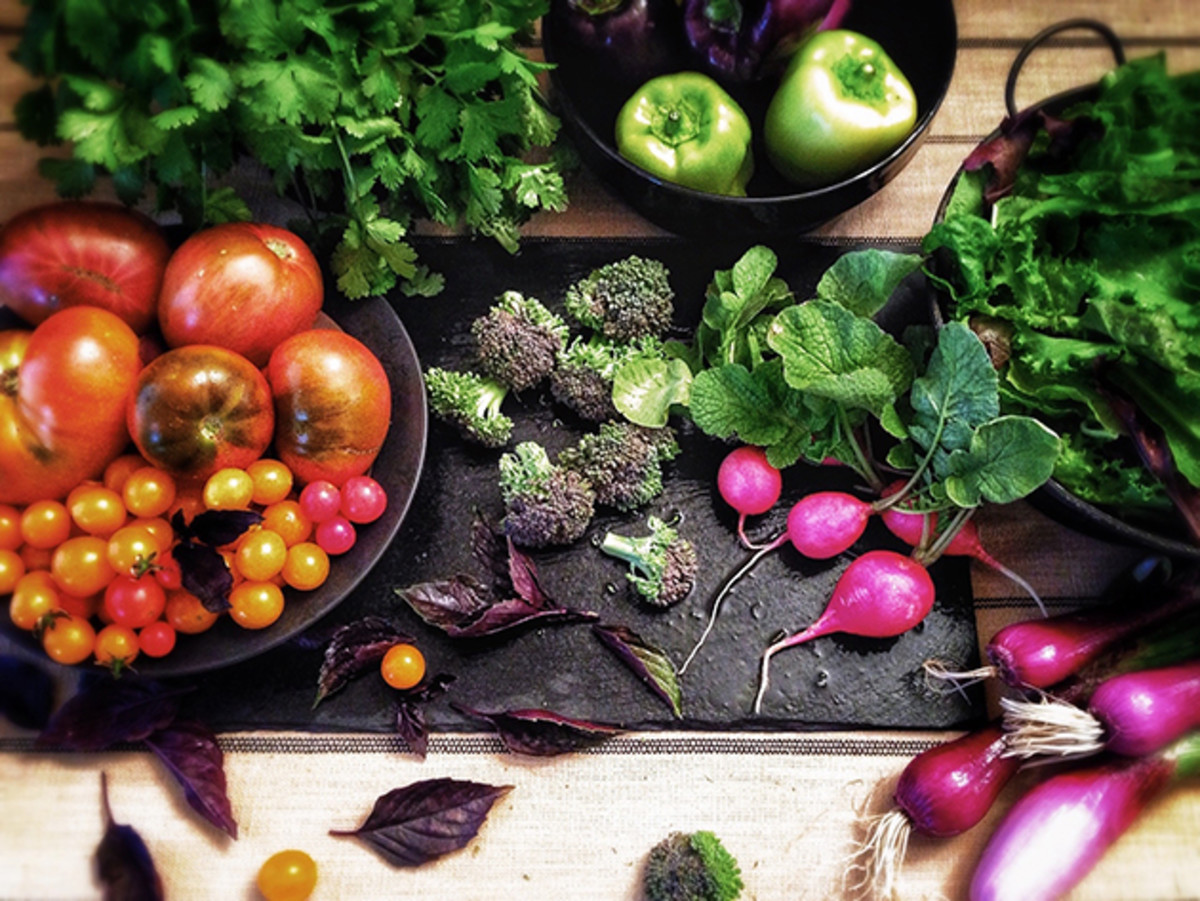
Your own research suggests that drinking water before meals can help. Tell me more.
BD: We have done several studies on the effect of pre-meal 16-ounce “water appetizer” on calorie-intake at a meal, and on short- and long-term weight loss. Our studies show that this “water appetizer” strategy can help people eat less at a meal, especially if they are middle-aged or older. When done prior to each of the three main daily meals, over three months, this strategy can increase the amount of weight lost. It also seems to help with maintaining that weight loss for up to one year and help people manage their hunger.
MJ:How does your advice differ for the person who wants to lose a lot of weight vs. a person who is in good shape and wants to drop 5-10 pounds and get into peak shape?
BD: There isn’t a consensus from experts on effective strategies for people in these different scenarios. As a dietetics practitioner, my advice for someone that wants to lose a large amount of weight—seek help from an RD, and ask for a structured meal plan (i.e., specified calorie goals, portion sizes for foods per meal, etc.) that is individualized to calorie needs and food preferences. Accountability can be important—so follow-up sessions to track progress each week or two, and problem-solve when needed, may be helpful.
Vitamins for Victory: How the Atlanta Hawks prevent common NBA injuries
and other sides. Focusing on increasing fruit and vegetable intake, for example aiming for 5-9 servings per day, may be a simple strategy to “displace” higher-calorie foods from the diet.
In both situations, exercise is a key component—which may be increasing your overall level of physical activity in a way that is appropriate for you. This could mean starting a daily walking program, or working with a personal trainer to help with a more vigorous and comprehensive exercise program.
MJ:We hear a lot about supplements and recovery drinks. Are these really important or can you get what you need with a healthy diet.
BD: Most people can get the nutrients they need by consuming a healthy diet. But competitive athletes may need to eat in between meals, and during/following workouts, in order to get adequate fluids, calories, protein, and carbohydrates to maintain their performance and training schedule. These athletes may find that recovery drinks and other types of sports foods (i.e., gels, bars) are a convenient way to insure their nutritional needs are being met.
Supplements are tricky—they are not well regulated. Consumers may not know if the product is effective or safe, and cases of contamination with banned substances have been reported. Dietitians with the CSSD credential (Board Certified Specialist in Sports Dietetics) are a great resource for athletes interested in one-on-one counseling on these types of issues.
Athletes Eating Junk Food
Nate Newton, 1995
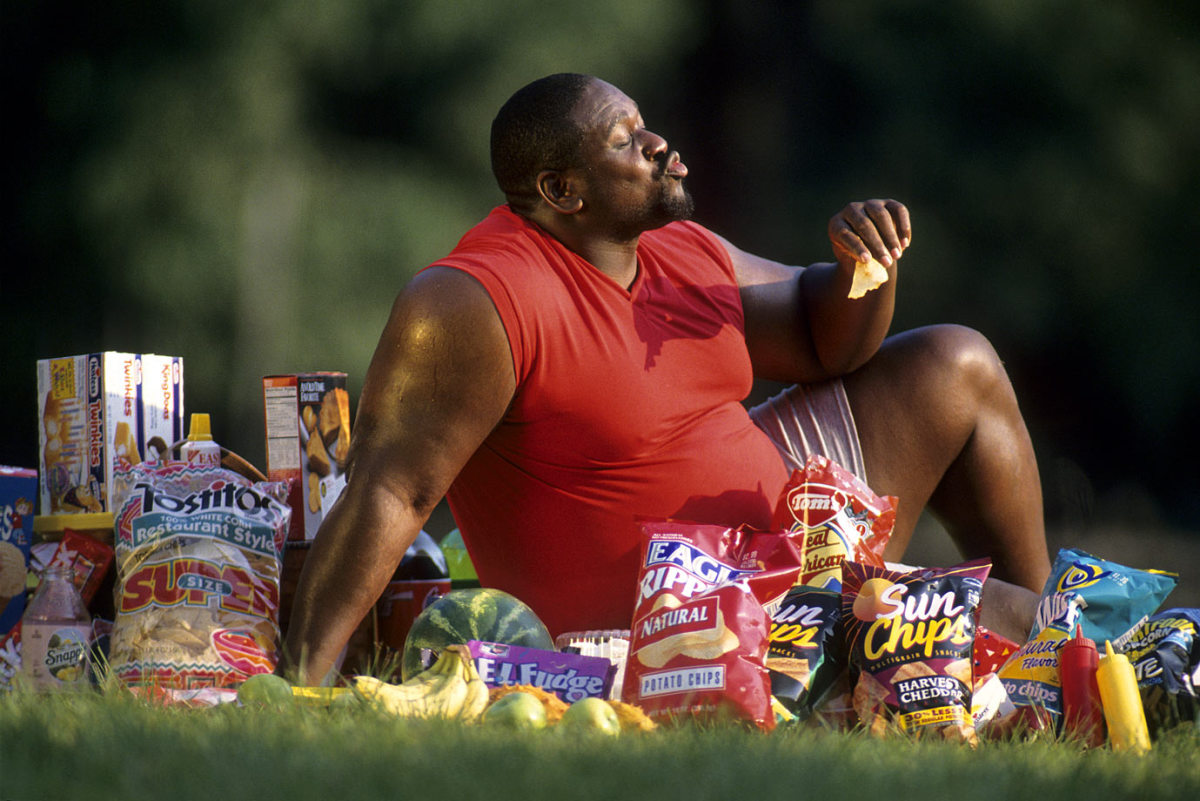
Julius Peppers, 2001
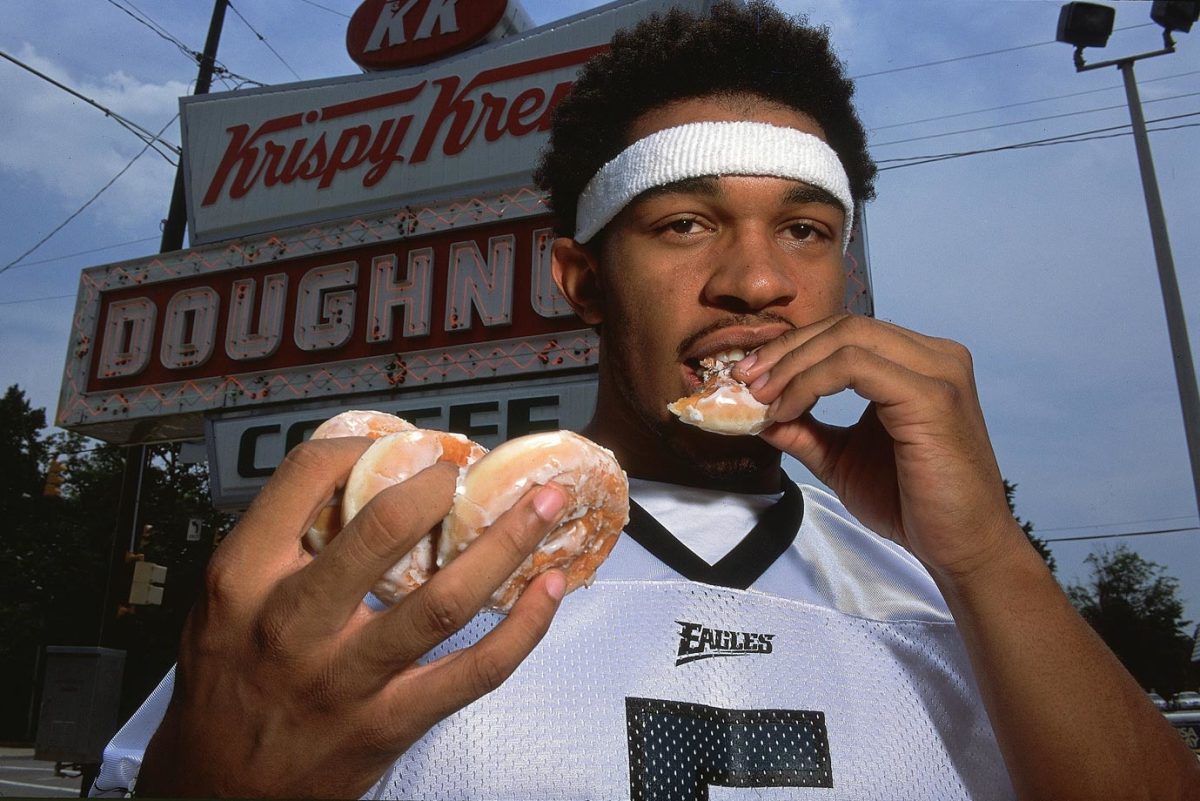
Charles Barkley, 1984
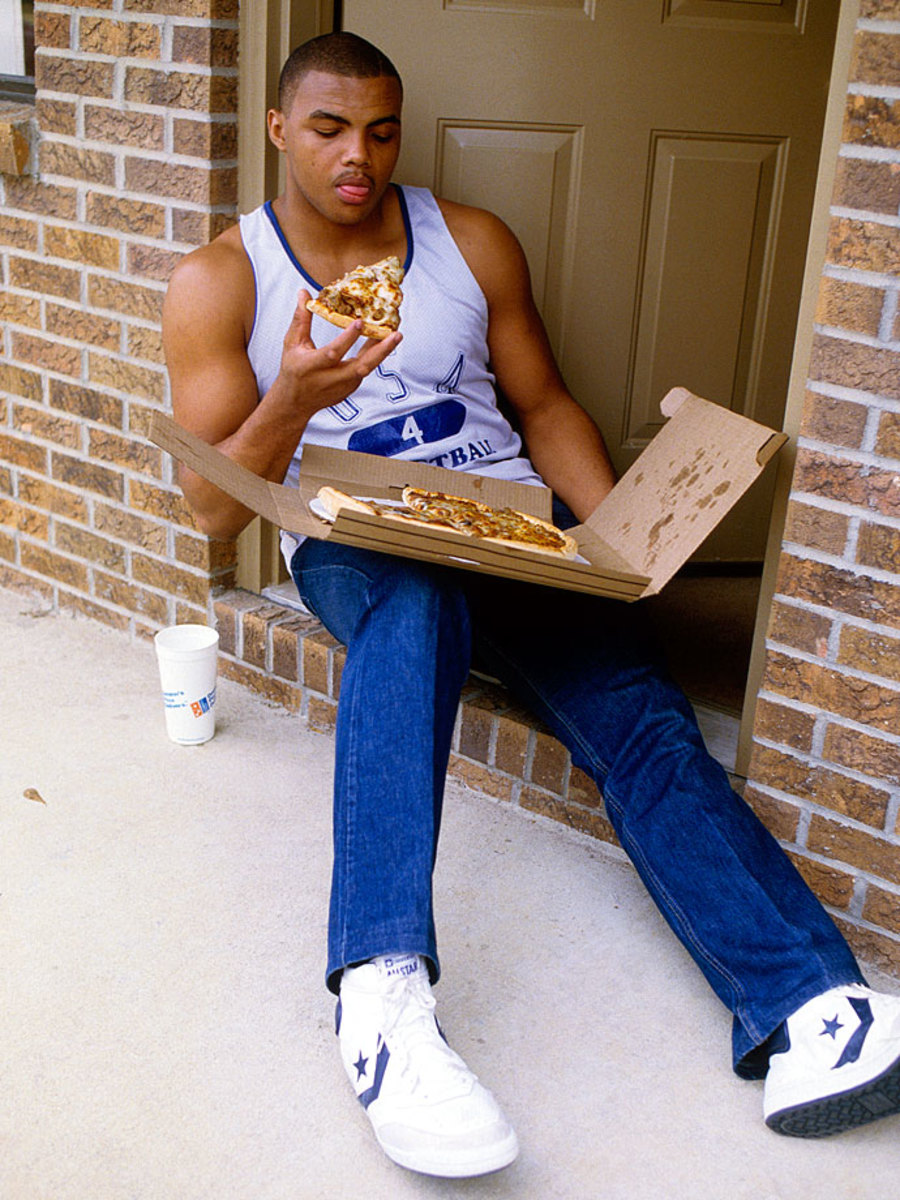
Mike Tyson, 2004
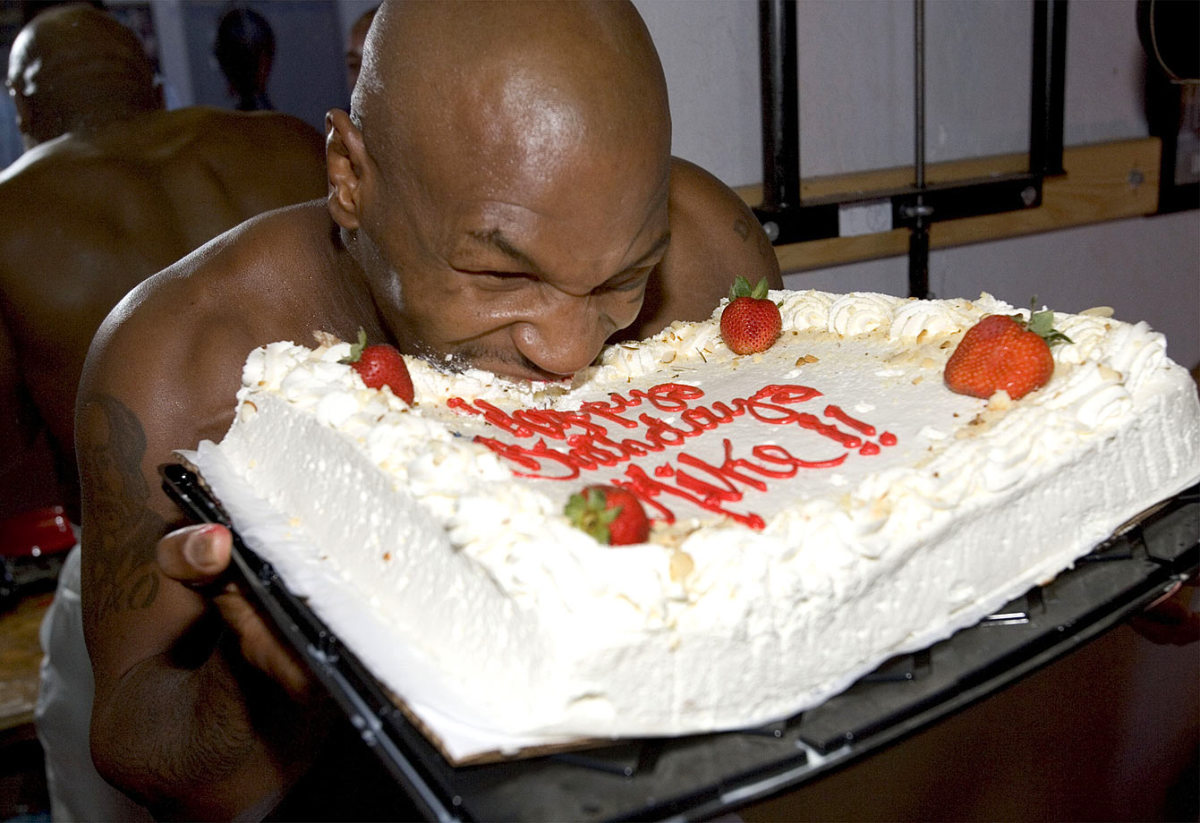
Brett Favre, 1989
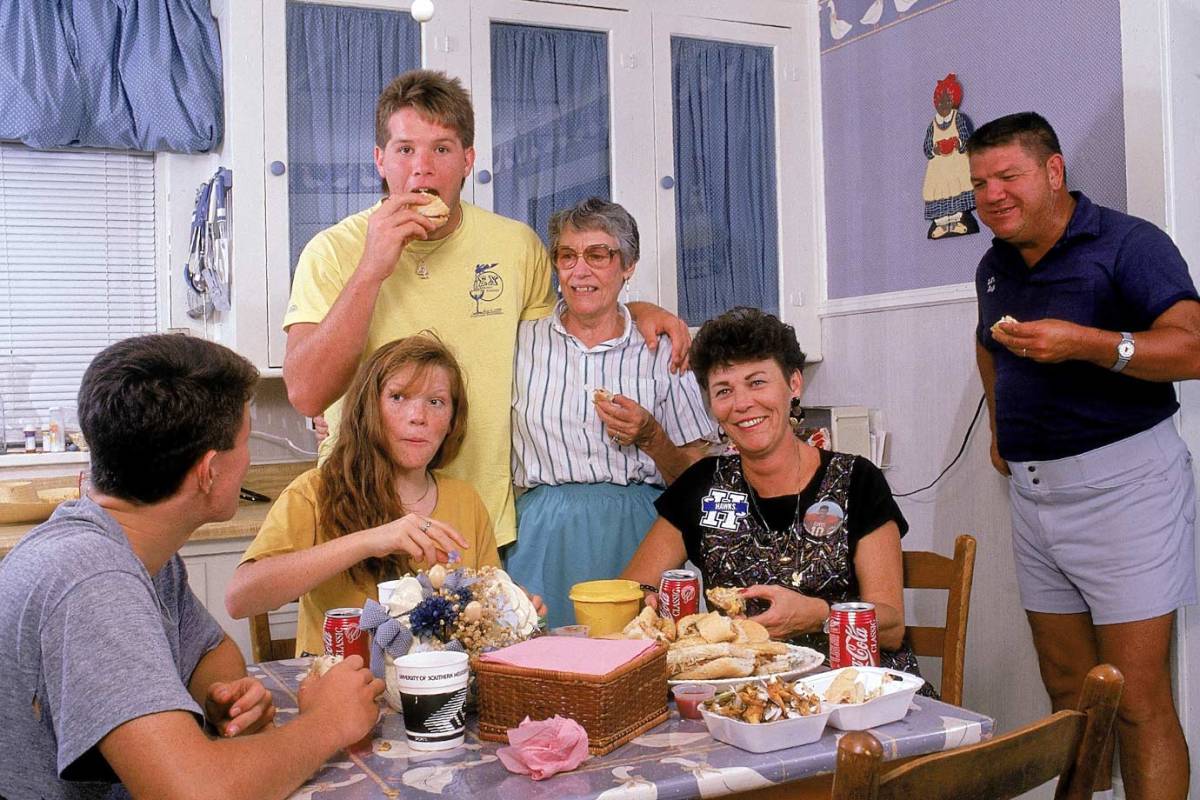
Russ Smith, 2012
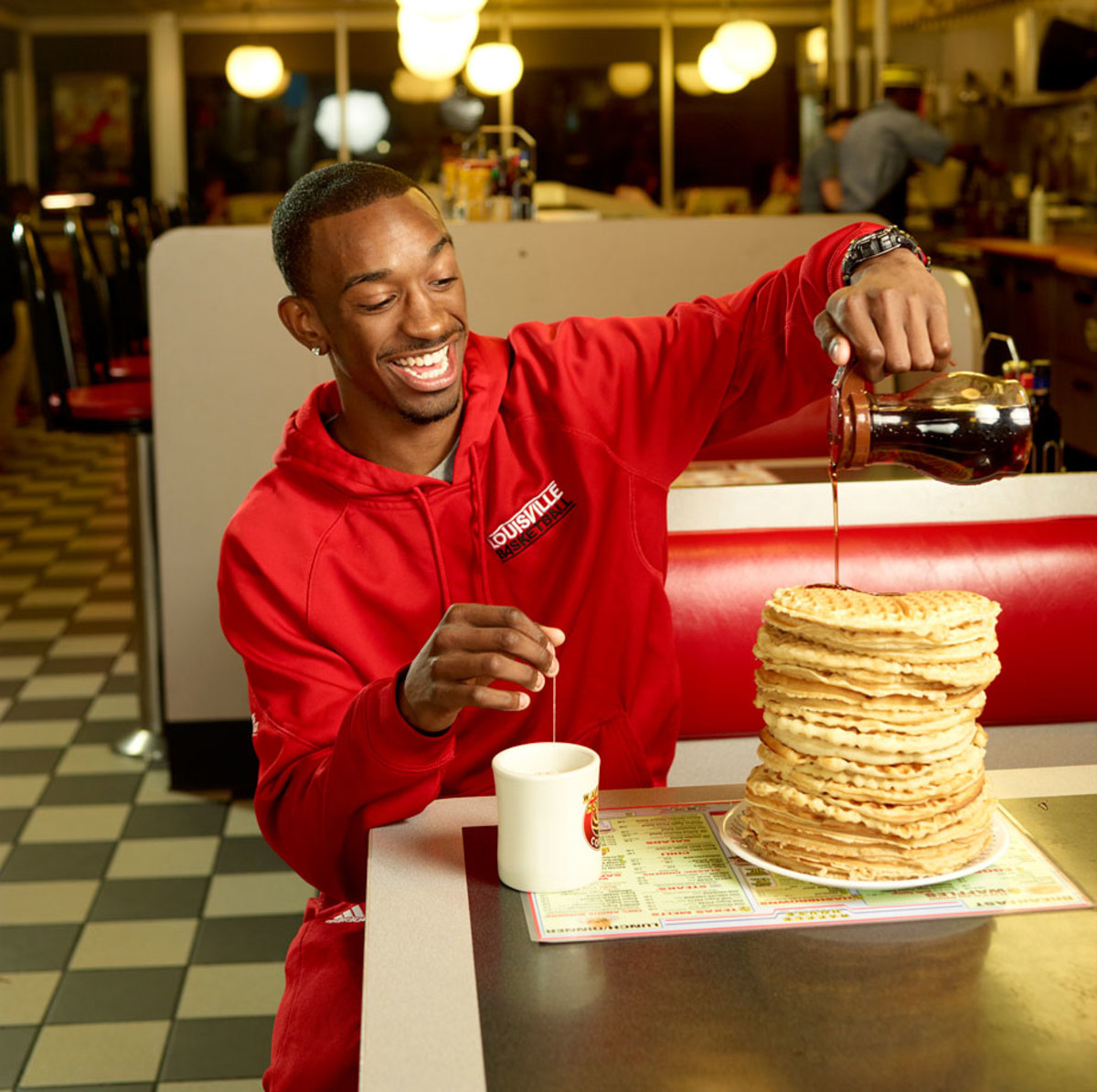
Tiger Woods, 1995
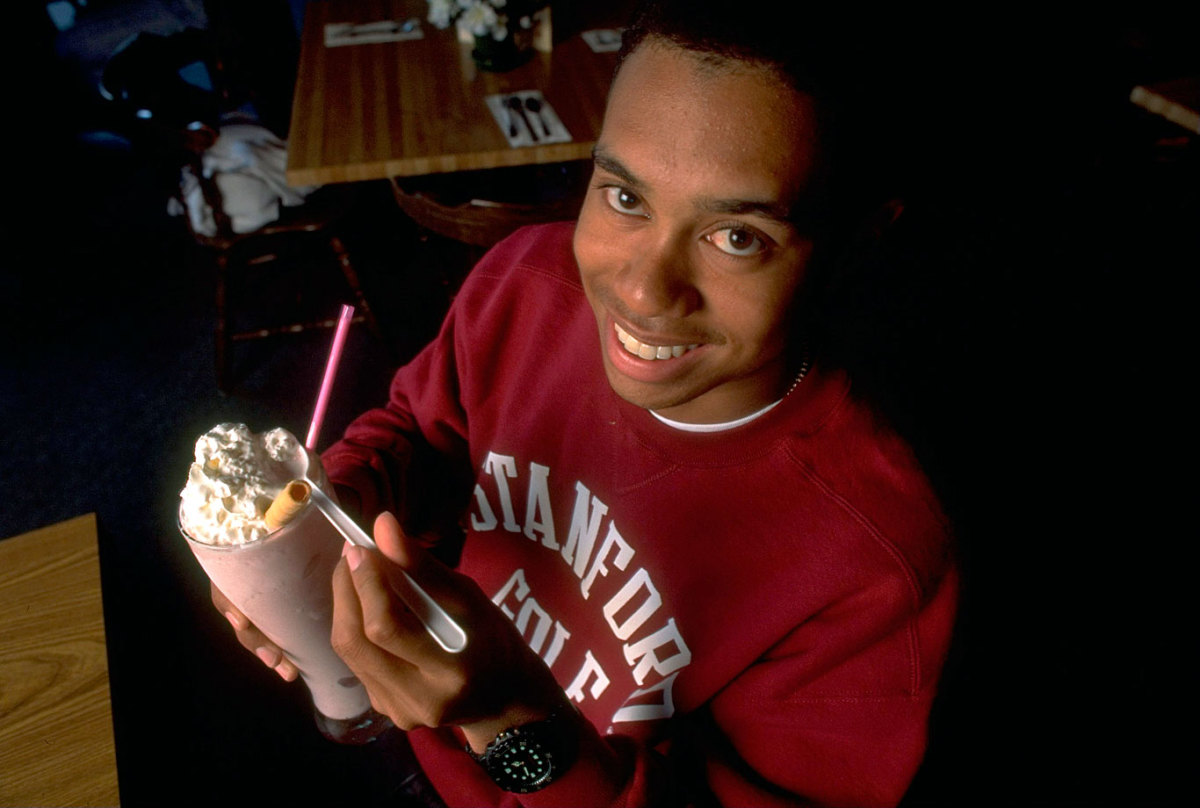
John Daly, 1993
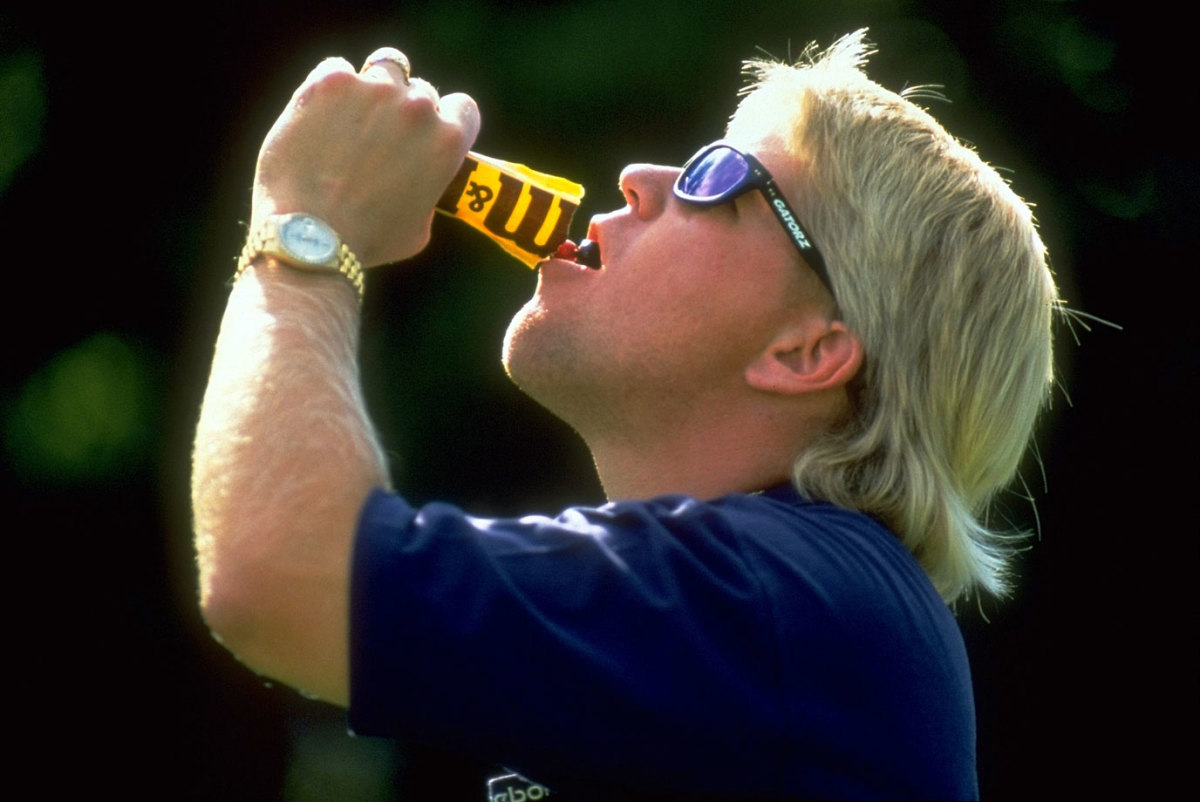
Hakeem Olajuwon, 1983
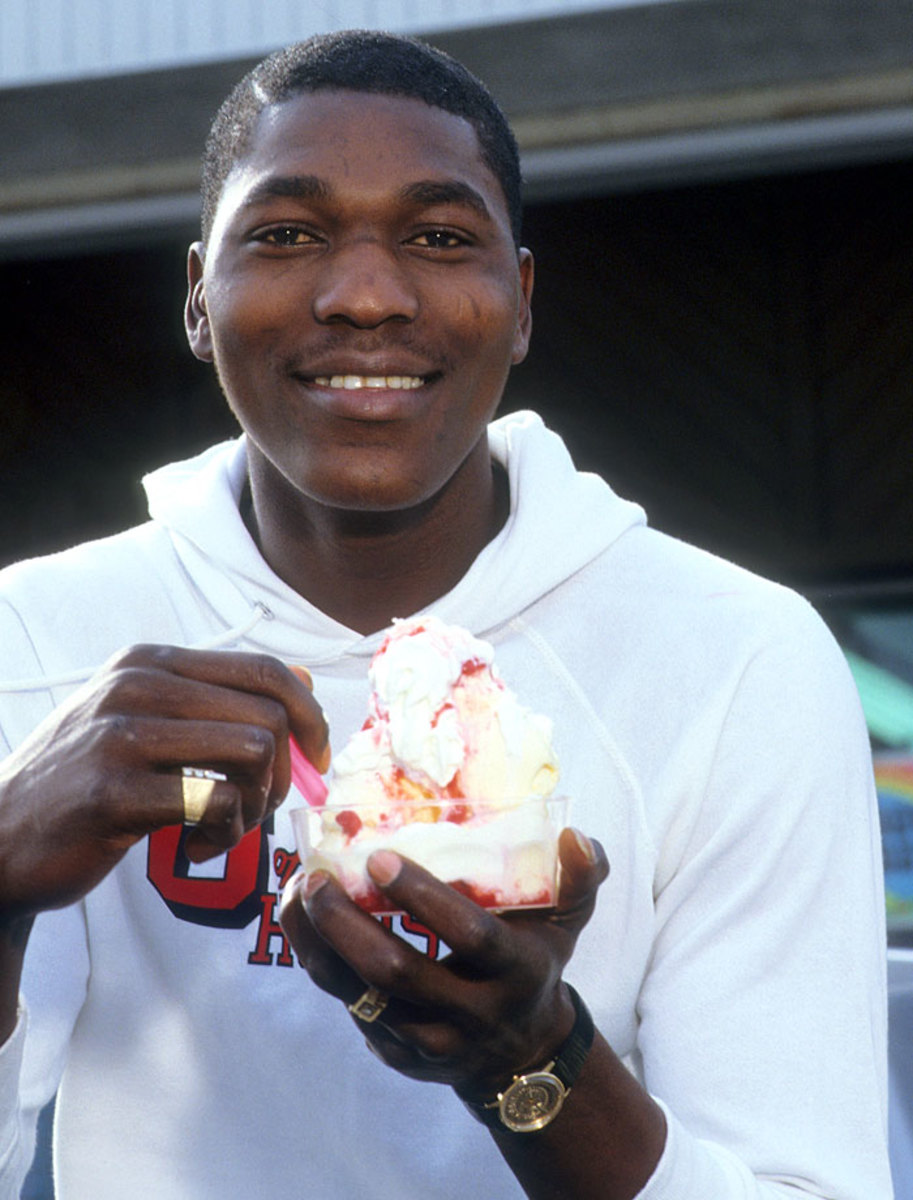
Franco Harris, 1993
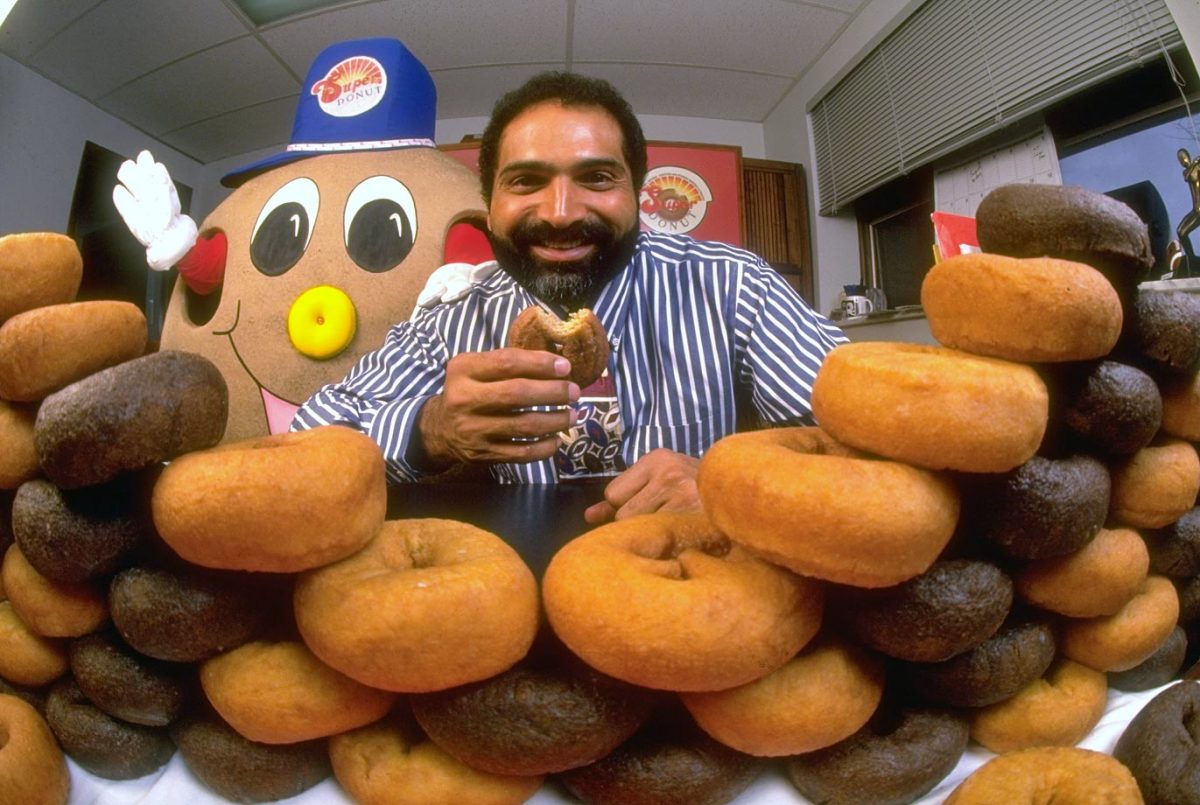
Candace Parker, 2007
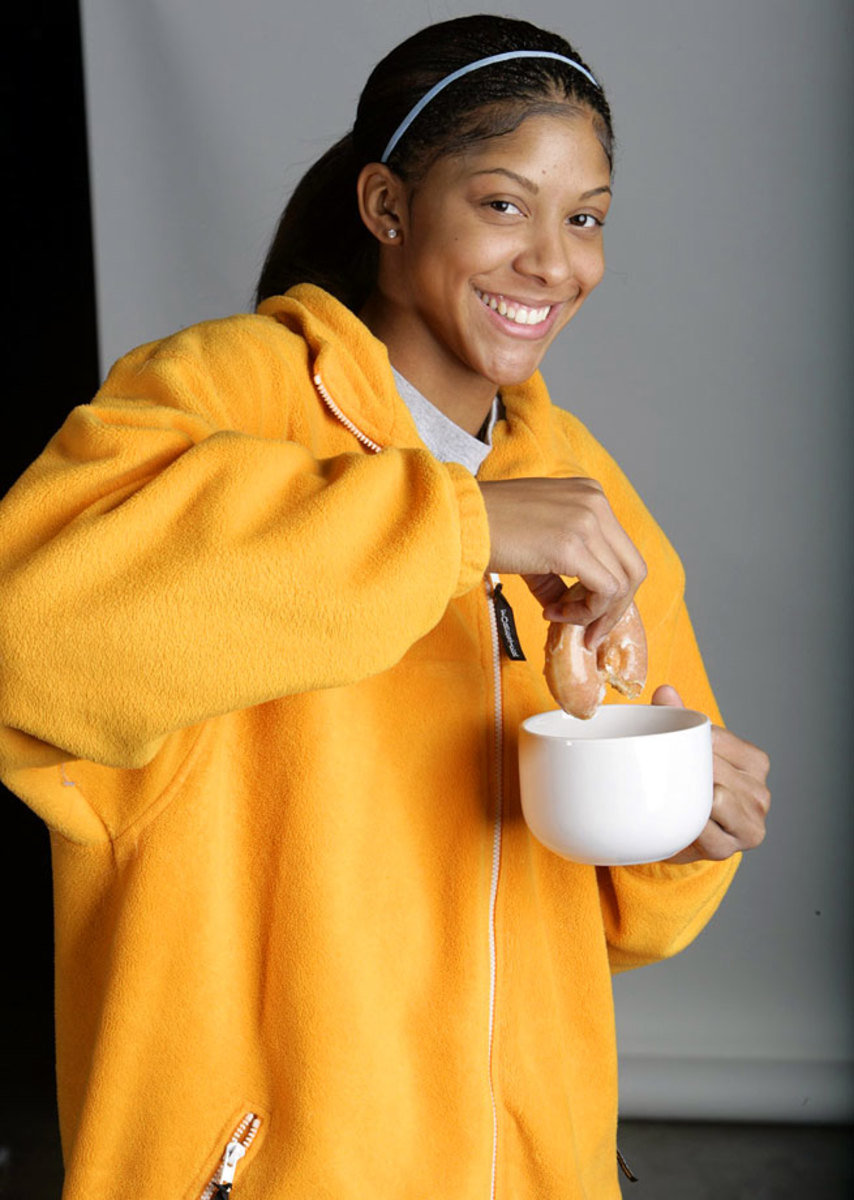
Terry Bradshaw, 1976
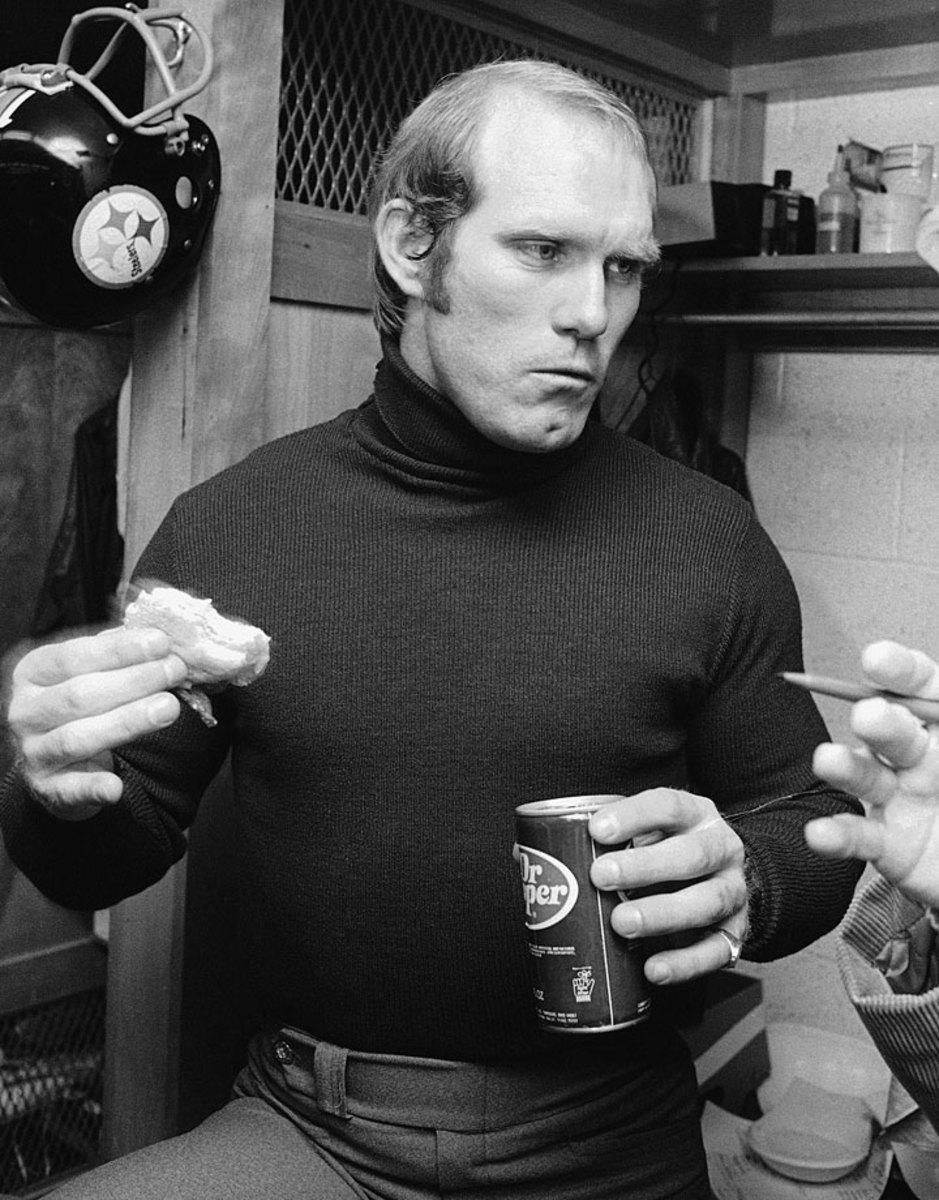
Dave Widell, 1995
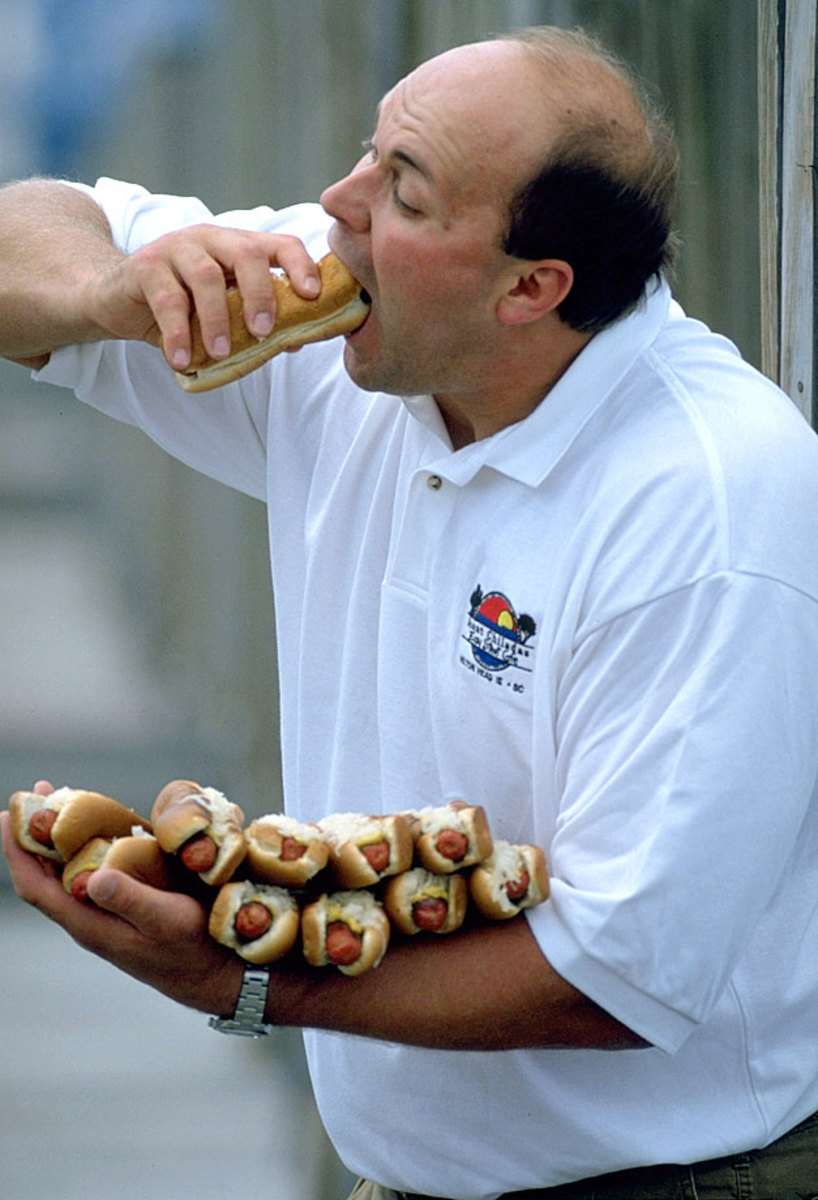
Herschel Walker, 2002
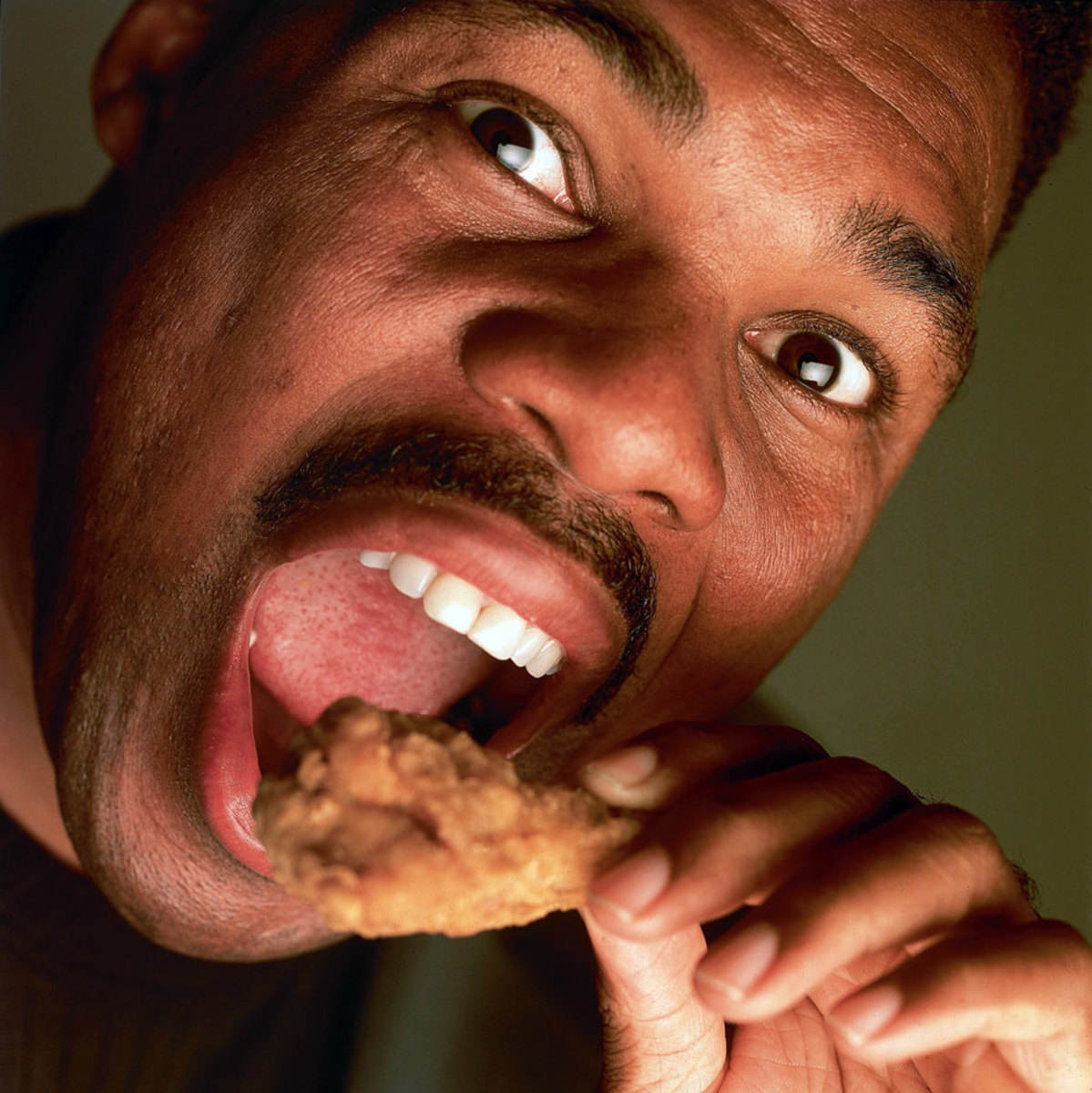
Speedy Claxton and Chris Paul, 2006
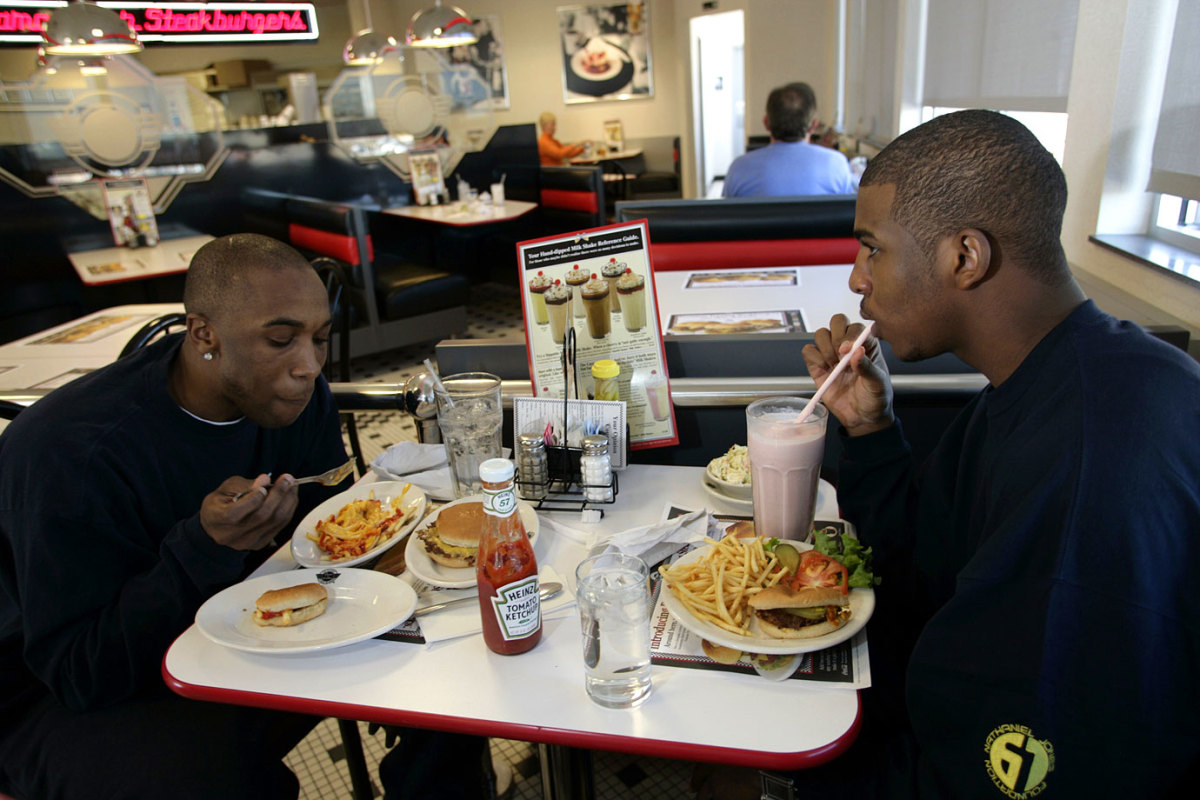
Jack Nicklaus and Tom Watson, 1980
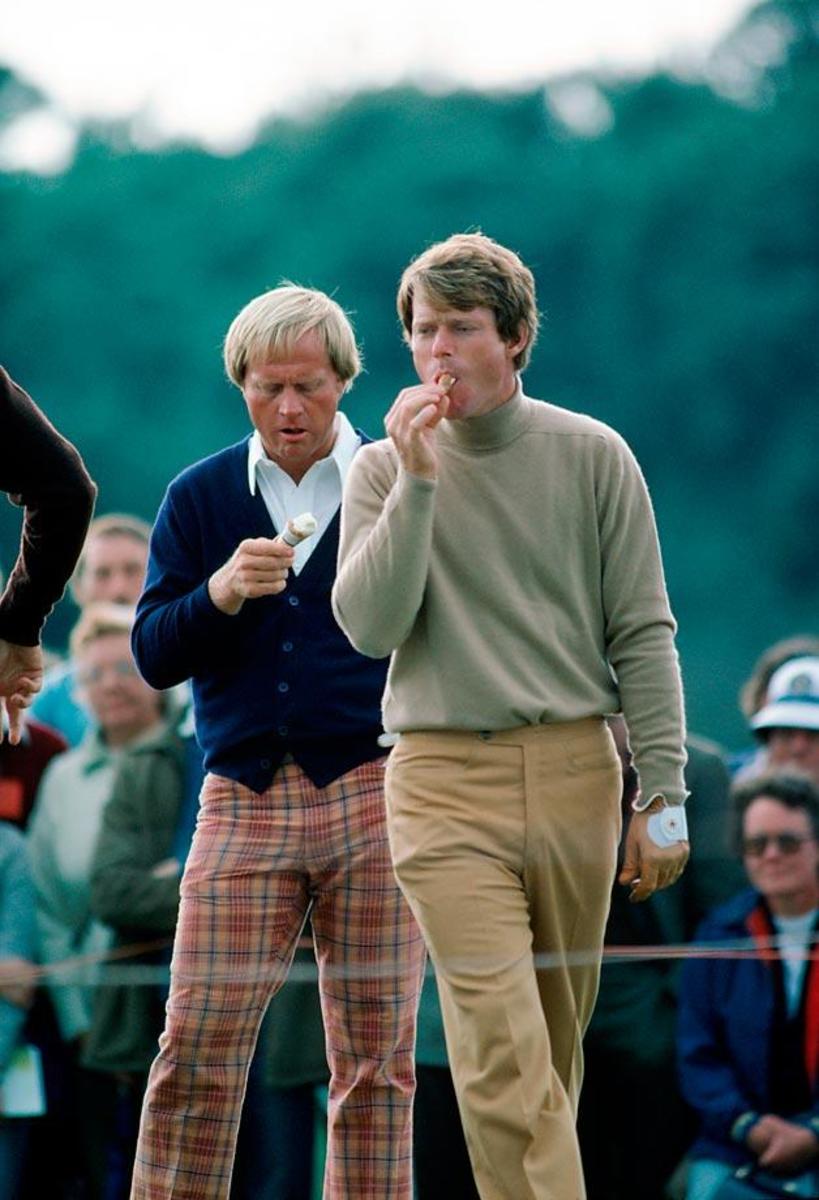
Anna Kournikova, 1999
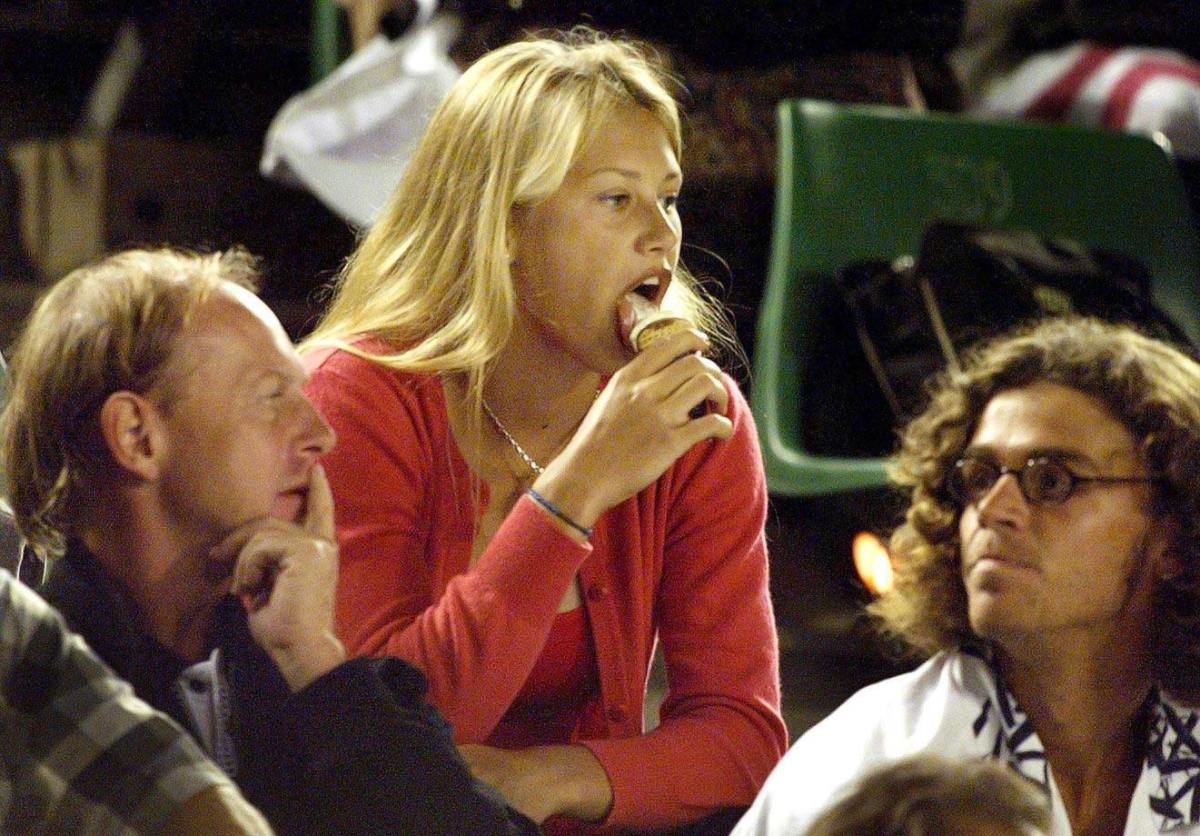
Maria Sharapova, 2005
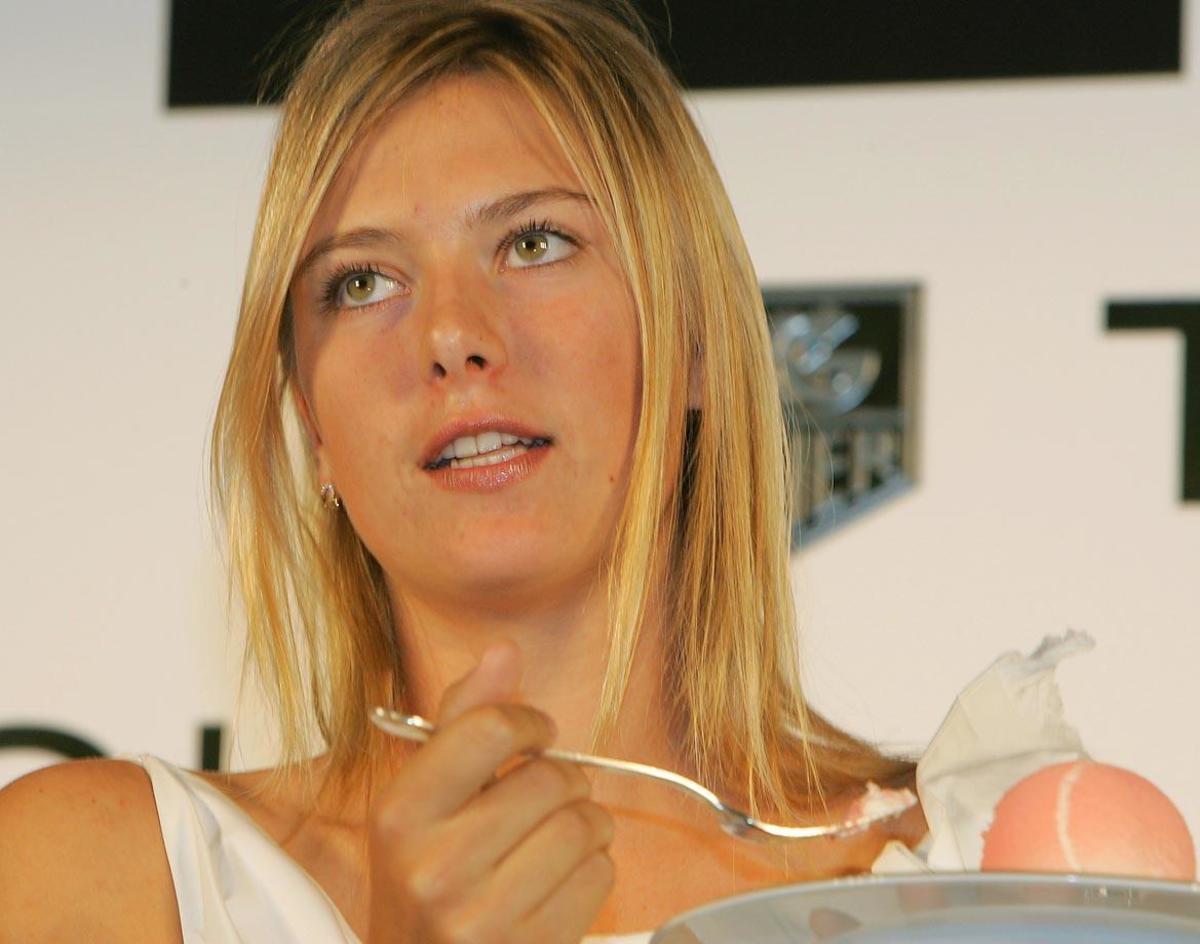
Rafael Nadal, 2005
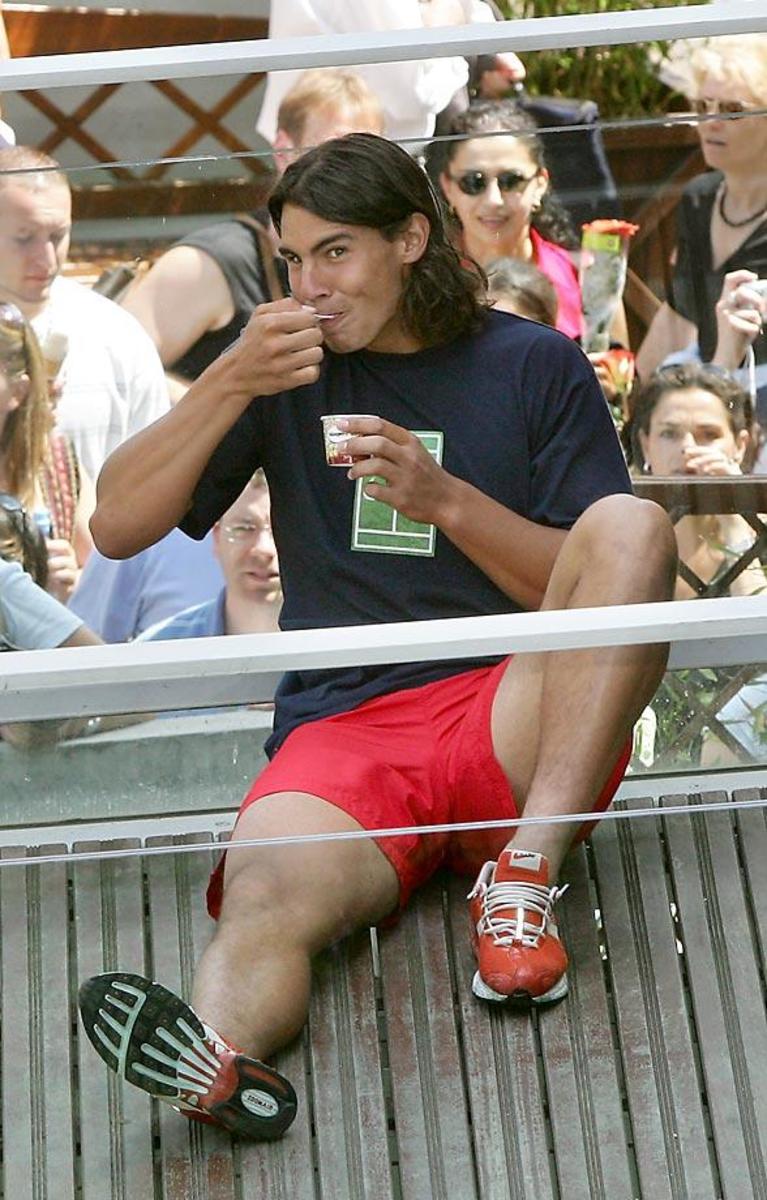
Champ Bailey, 2010
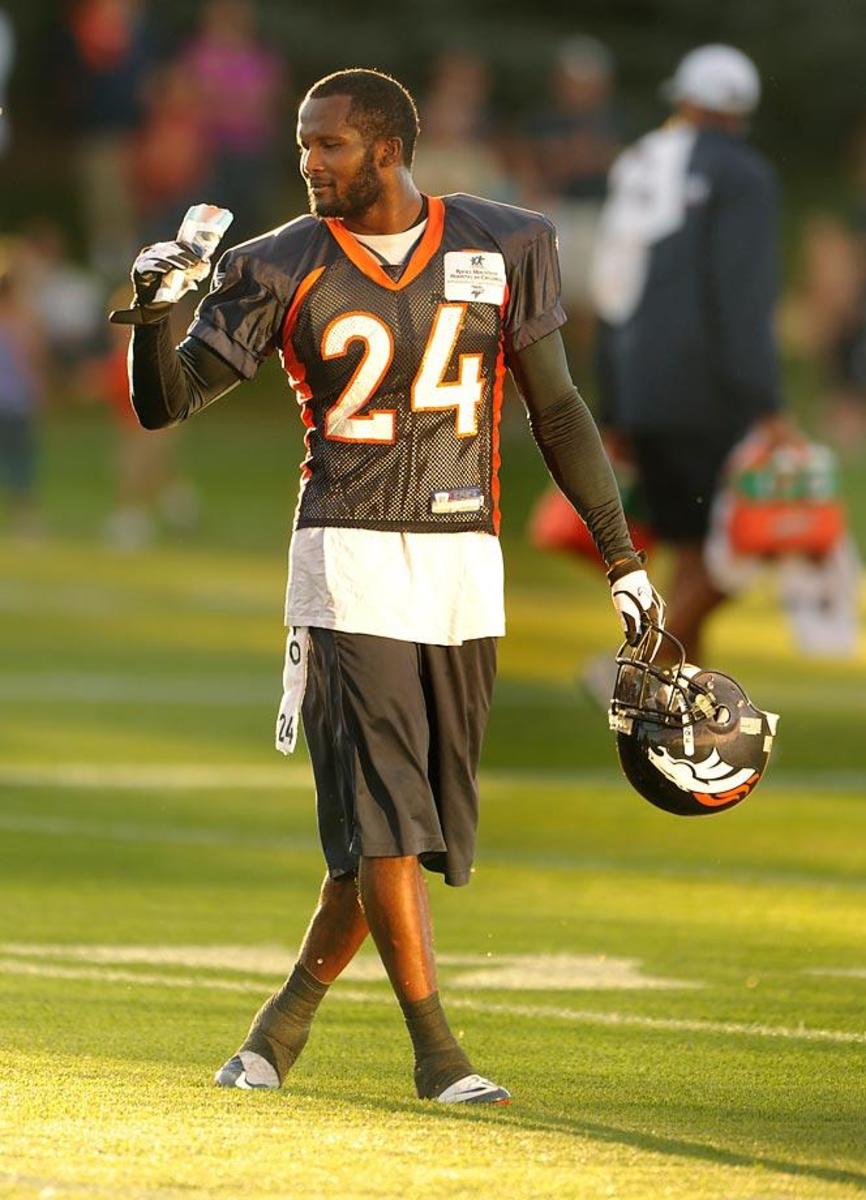
Joe Flacco, 2011
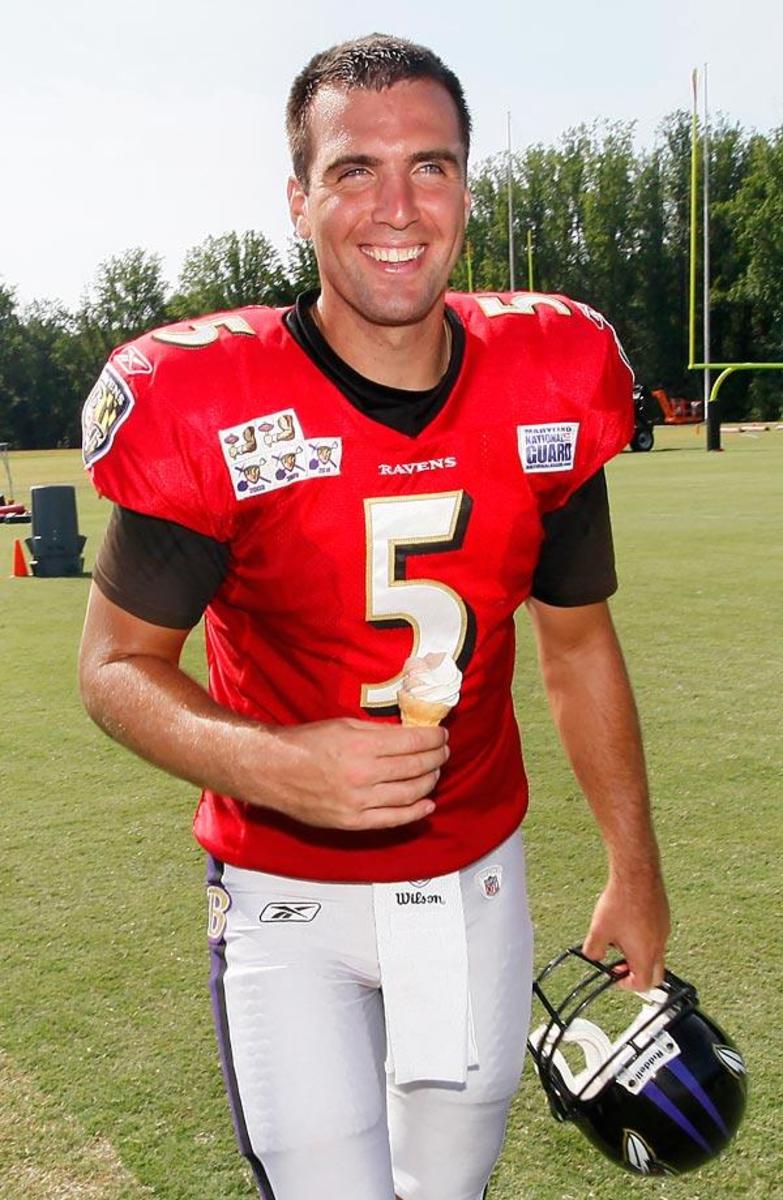
Ian Poulter, 2013
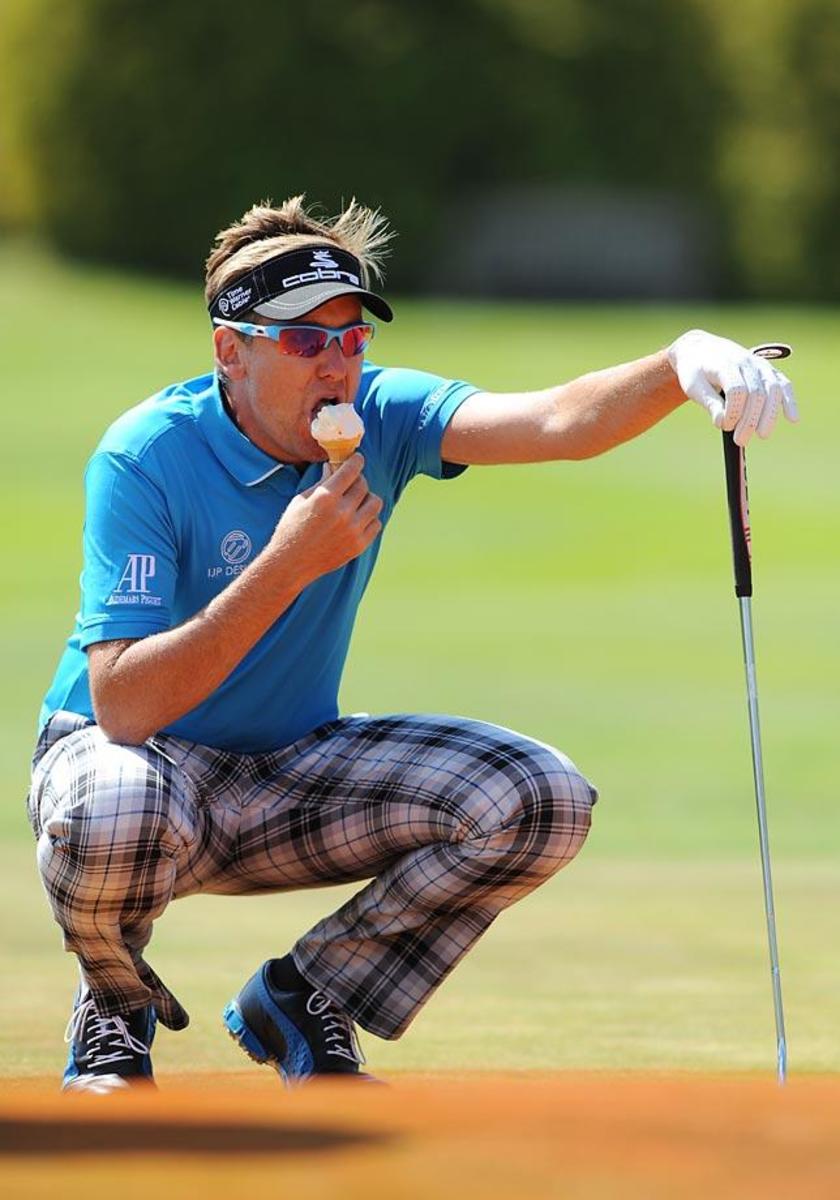
Doug Martin, 2014
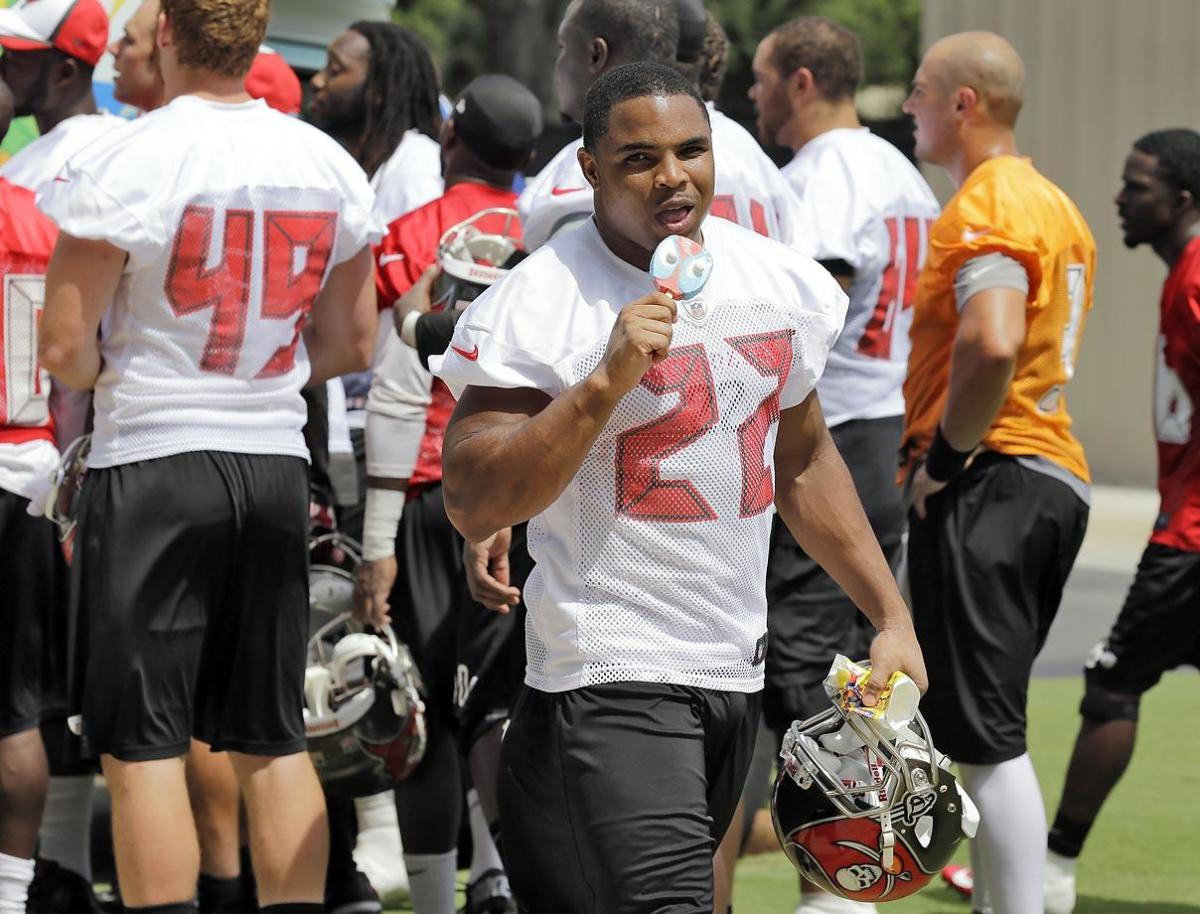
Nick Young, 2014
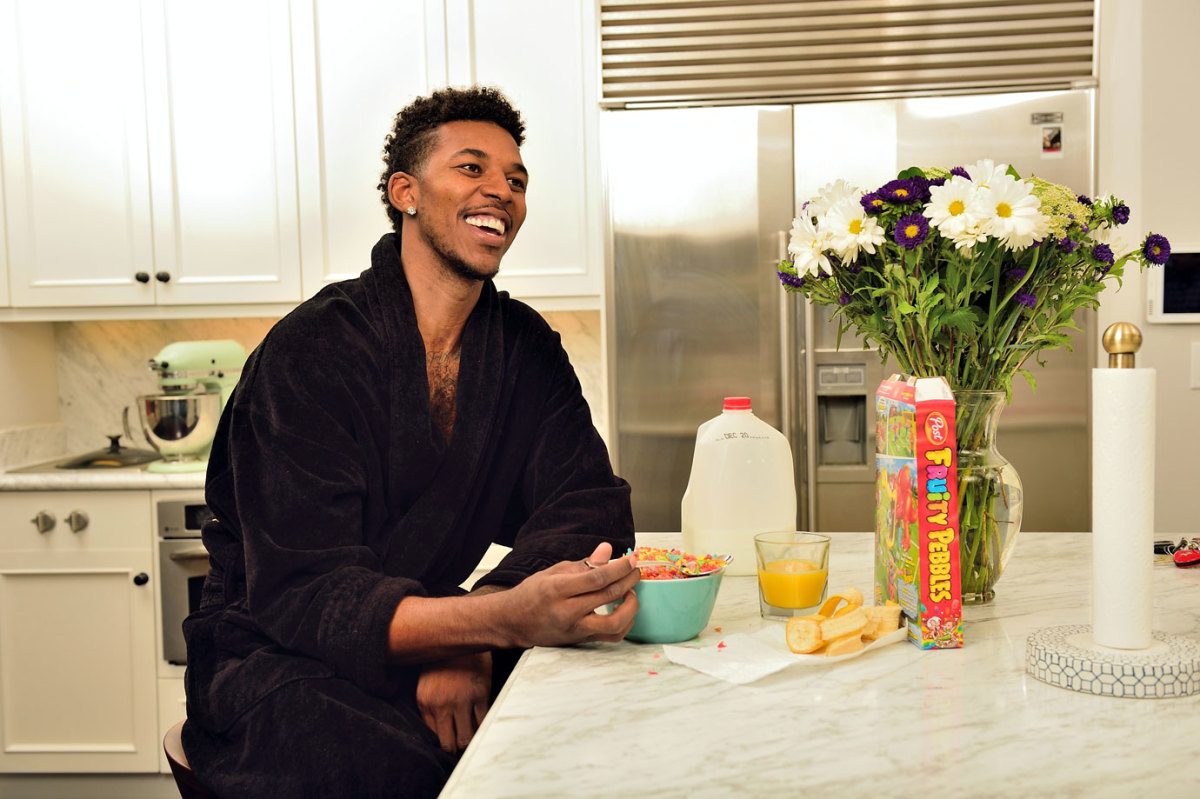
Click here for full gallery: Pro athletes eating junk food
MJ:When I visited your lab a few months ago you told me about how you help your teenage son—a seriously competitive tennis player—eat well on the road and during matches. What types of things do you do? How can this plan be adapted by average citizens when they travel? How about parents with kids on traveling teams?
BD: It really boils down to advance planning—this is important for both athletes and average citizens who are trying to stay in shape and watch their weight. For athletes, packing a cooler for the road—filled with water and sports drinks, recovery drinks, and convenient but nutrient-rich snack foods such as bananas, nuts or trail mixes, yogurt, granola or sports bars—is a way to be sure that healthy carbohydrate- and protein-rich options are on-hand. For his matches—we pack a cooler bag to stay courtside, with plenty of water and sports drinks, and easily digested between-match snacks.
The Great Fitness Debate: Is it true that you can exercise too much?
The same is true for non-athletes. Having nutritious, lower-calorie snack options (i.e., fruit, vegetables, yogurt) and plenty of water available while traveling can help to avoid getting overly hungry—which can lead to overeating when mealtime does roll around. Protein-rich foods may be particularly helpful, as they are more hunger-suppressing.
For meals on the road, fast-casual restaurants offer great options—burritos, soups and salads, wraps. Sub shops can also be a good option as well—when opting for whole-grain breads, lean deli meats such as turkey, and extra vegetables.
MJ:We hear a lot about the Paleo approach being used by professional athletes. Give me your take on the pros and cons.
BD: On the plus side, the Paleo approach advocates fruits and vegetables, and limiting sugar and salt. The downsides are limits on whole grains and dairy foods—sources of important nutrients such as B vitamins, fiber, calcium and vitamin D.
MJ:You teach undergraduates at Virginia Tech. If this were a lecture to a group of 19 year olds, what four take-home messages would you end with?
BD: First, keep healthy foods handy. It is easier to make good dietary choices when you have healthy options readily available. Second, carry a water bottle with you—even mild dehydration can result in fatigue, moodiness, and difficulty concentrating. Third, get enough rest. Research has shown that inadequate sleep leads to a host of problems—including overeating. Lastly, stay active. That helps maintain more than just fitness level—better mood, sleep, and energy level.
Michael Joyner, is an expert in human performance at the Mayo Clinic, these views are his own. You can follow him on twitter @DrMJoyner.
